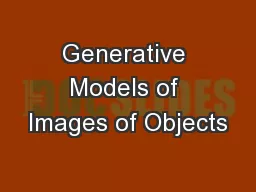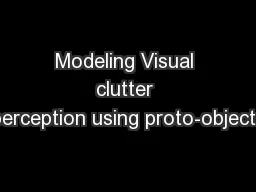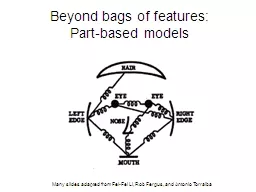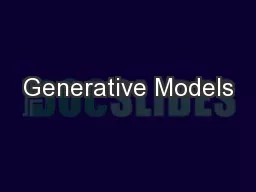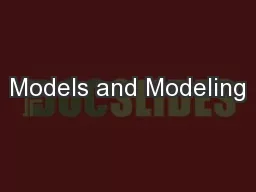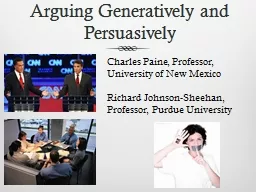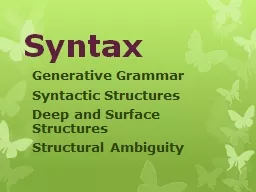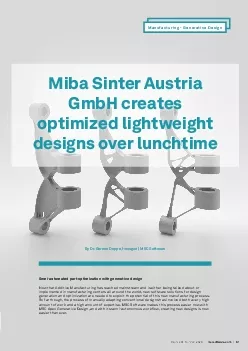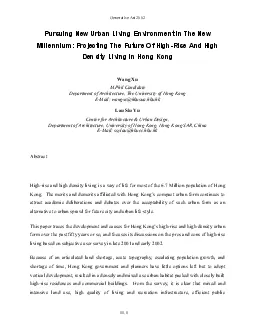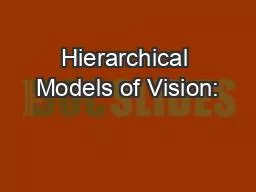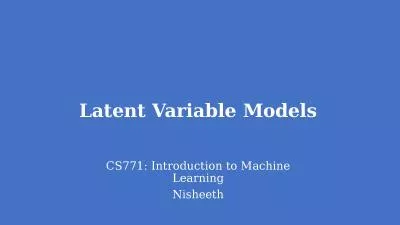PPT-Generative Models of Images of Objects
Author : myesha-ticknor | Published Date : 2015-12-02
S M Ali Eslami Joint work with Chris Williams Nicolas Heess John Winn June 2012 UoC TTI Classification Localization ForegroundBackground Segmentation Partsbased
Presentation Embed Code
Download Presentation
Download Presentation The PPT/PDF document "Generative Models of Images of Objects" is the property of its rightful owner. Permission is granted to download and print the materials on this website for personal, non-commercial use only, and to display it on your personal computer provided you do not modify the materials and that you retain all copyright notices contained in the materials. By downloading content from our website, you accept the terms of this agreement.
Generative Models of Images of Objects: Transcript
Download Rules Of Document
"Generative Models of Images of Objects"The content belongs to its owner. You may download and print it for personal use, without modification, and keep all copyright notices. By downloading, you agree to these terms.
Related Documents

